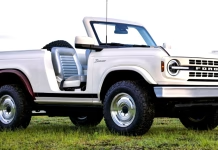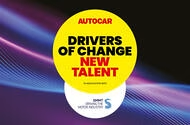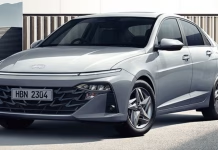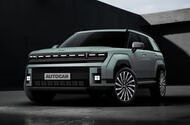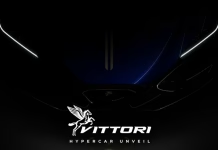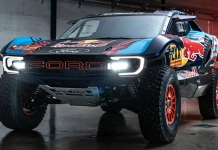Bronco Roadster Concept Debuts as Bold Tribute to Open-Air Adventure
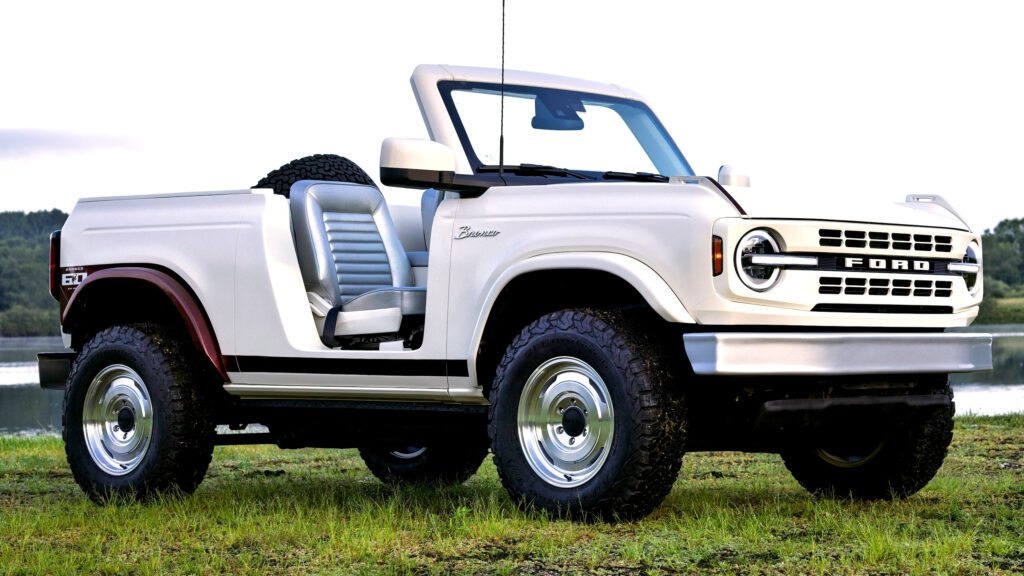
Putin Gifts Alaskan Ural Owner a New Motorcycle After Viral Interview

Celebrating New Voices Shaping the Future of Automotive Careers
 New awards will celebrate rising automotive talent from under-represented backgrounds
New awards will celebrate rising automotive talent from under-represented backgrounds
There is still time to submit your nominations for the Autocar Drivers of Change: New Talent awards - ahead of entries closing on 10 September.
Held in association with the SMMT, the Drivers of Change awards – returning with a new focus after a successful launch earlier this year – will celebrate individuals who are either apprentices or in the first two years of their career.
The goal of Drivers of Change is to celebrate the automotive industry as a place where you can have a thriving career irrespective of your background and to promote the industry as a great place to work for those from all different backgrounds.
In the second edition of these awards, that can be as simple as having started and made an impact in a first role in the industry - having joined, for example, from a background that is typically under-represented in the industry. We will name the stand-out stars, and the company that is doing the most to support new talent, in a ceremony at Stellantis's UK headquarters in Coventry on 13 November.
We encourage you to spread the word and consider nominating anyone from your wider organisation – no matter which sector of the automotive industry – who meets these broad criteria and has a compelling story to tell.
Entries are now open - submit your nomination here.
There will be no specific categories in which to enter and anyone named on our list can call themselves an Autocar Driver of Change. Earlier this year, 40 individuals were named in the inaugural Autocar Drivers of Change for their work mainly in DEI initiatives, in a ceremony at the SMMT headquarters in February.
This forms part of a refreshed calendar of events at Autocar. Each spring we will continue to host Autocar Great Women, which every other year will celebrate Rising Stars. Drivers of Change will follow a similar cadence in this new autumn slot, where it will remain in future years.
Hyundai and Kia Surge Toward Market Leadership in Saudi Arabia’s Auto Boom

Passenger Accidentally Ejects From Fighter Jet While Still on the Ground

2026 Hyundai Tucson Unveiled with Bold New Design and More Space to Challenge Top...
 Korean brand aims to steal buyers from key rivals with radically reinvented fifth-generation family SUV
Korean brand aims to steal buyers from key rivals with radically reinvented fifth-generation family SUV
Hyundai is preparing to radically reinvent the Tucson, its best-selling model, giving the family SUV a boxy new look inspired by the larger Santa Fe.
It's expected to go on sale in the latter half of next year, with test mules having been spotted on public roads.
They reveal it will adopt the brand's rugged new ‘Art of Steel’ design language, as seen on the Santa Fe and the hydrogen-powered Nexo.
While both of those models share that design philosophy, they also have their own unique cues – something Hyundai design chief Simon Loasby has previously said was key to making the range like “chess pieces” rather than “Russian dolls”.
The Tucson mules are heavily disguised but it is clear that the new model receives a longer bonnet, chunkier wheel arches and a more upright stance.
The change from fourth to fifth generation looks to mirror that of the Nexo, which Loasby said now has a character that is “much more SUV-like” and “capability-driven”.
Explaining that car’s upgrade, Loasby said: “We deliberately wanted to turn the volume up on the capability and SUV-ness. Pretty much every region in the world has become more comfortable with SUVs and wants [the seating position] to be up.”
The Tucson’s new shape is likely to result in more interior space, too, and could even improve on the current car’s vast 620-litre boot.
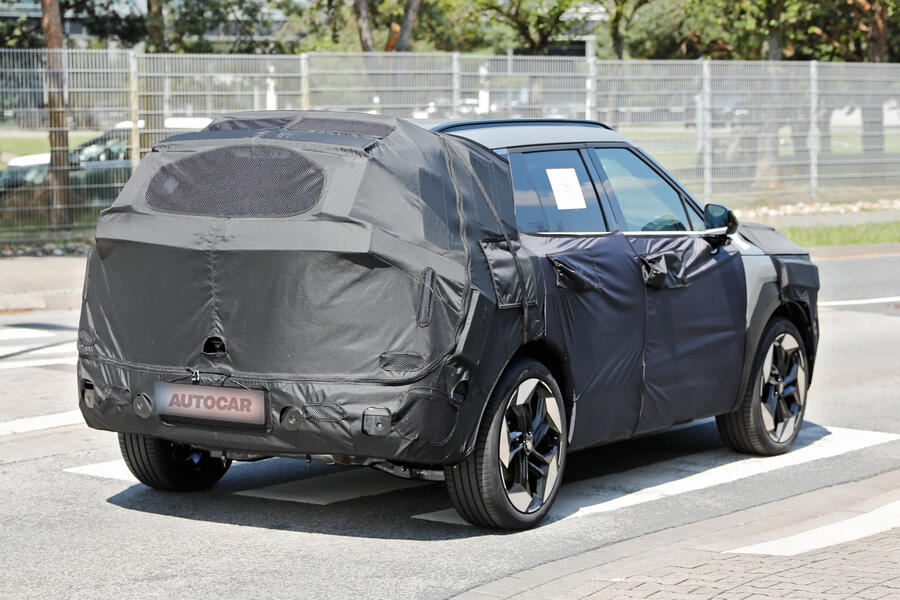
It will have the brand’s next-generation interior, which Loasby and Hyundai Group design boss Luc Donckerwolke said could result in a smaller infotainment display and simpler software for the touchscreen – as well as more physical buttons – in an effort to improve safety.
Powertrain options are expected to mirror those of the Santa Fe, which is offered with either a 212bhp 1.6-litre turbo petrol hybrid (with front- or four-wheel drive) or a 249bhp plug-in hybrid (four-wheel drive only).
The Tucson is a critical model for Hyundai as it targets further growth in Europe. It has been a major catalyst in the brand's drive to steal sales from established brands such as Volkswagen and BMW, and it last year recorded some 600,000 sales globally.
Vittori Turbio Unveiled: AI-Driven Hypercar Blends Italian Design and Hybrid Power

Airline Reinstates Pilot After Cockpit Door Incident Cleared of Security Risk

Ford Plots 1,000 HP Off-Road Supercar to Redefine High-Performance Adventure

Rise of the Rookie Trucker: Battle Corporate Greed Across the American South


